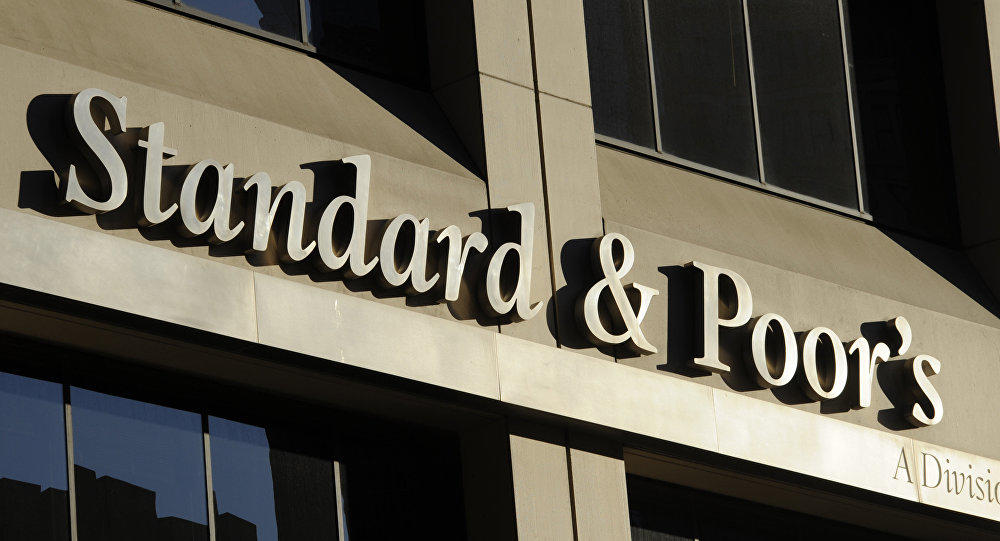S&P 500 Extends Losing Streak As Investors Await Signals From Jackson Hole

Linh Tran
The S&P 500 has recorded a five-day losing streak, reflecting corrective pressure following a strong rally earlier. The decline has been driven largely by a simultaneous rise in both short- and long-term Treasury yields: the 2-year yield closed at 3.791% and the 10-year yield climbed to 4.329%, signaling fading expectations for imminent rate cuts, alongside mounting caution ahead of the Jackson Hole Symposium—where the Federal Reserve may deliver clearer guidance on monetary policy.
Recently released economic data continue to paint a mixed picture. In July, PPI rose 0.9% m/m while core CPI remained at +0.3% m/m, underscoring persistent inflationary pressures. At the same time, domestic consumption has begun to slow, with retail sales up only 0.5% and Michigan consumer sentiment falling to multi-month lows. Meanwhile, weekly jobless claims climbed to the highest level in several months, signaling that the labor market is no longer as overheated as before. These factors highlight the Fed’s dilemma: the economy is not weak enough to justify an immediate rate cut, but it has cooled sufficiently to make the case for policy easing later this year increasingly credible.
According to the Wall Street Journal, expectations for a September rate cut have fallen sharply—market-implied probabilities from derivatives have dropped from over 90% to around 74%.
In the near term, monetary policy remains the dominant driver. Should Chair Jerome Powell deliver a more dovish-leaning message at Jackson Hole, acknowledging slower growth risks, equities could find support and the S&P 500’s losing streak may end. Conversely, a hawkish tone with a firm commitment to keep rates elevated could extend the correction, especially given that the index’s P/E valuations remain elevated relative to historical averages.
Beyond Fed policy, corporate earnings are also shaping index performance. Second-quarter results have generally exceeded expectations, particularly among large-cap technology firms, but other sectors—such as industrials, financials, and consumer staples—have shown signs of stagnation. This divergence has left the S&P 500 increasingly reliant on the performance of “Big Tech” to sustain upward momentum.
Geopolitical risks add another layer of uncertainty. The Russia–Ukraine war remains unresolved, tensions in the Middle East persist, and the unpredictable nature of U.S. foreign policy under President Trump could trigger sudden volatility, particularly for energy and industrial sectors.
In sum, the recent five-day decline reflects investor caution amid policy uncertainty. The S&P 500’s short-term outlook will hinge largely on signals from Jackson Hole and the trajectory of bond yields. Nonetheless, the medium- to long-term outlook remains constructive, with the U.S. economy avoiding recession, corporate earnings holding relatively firm, and the likelihood of Fed easing in 2025 still intact.
Tran is Market Analyst at XS.com





